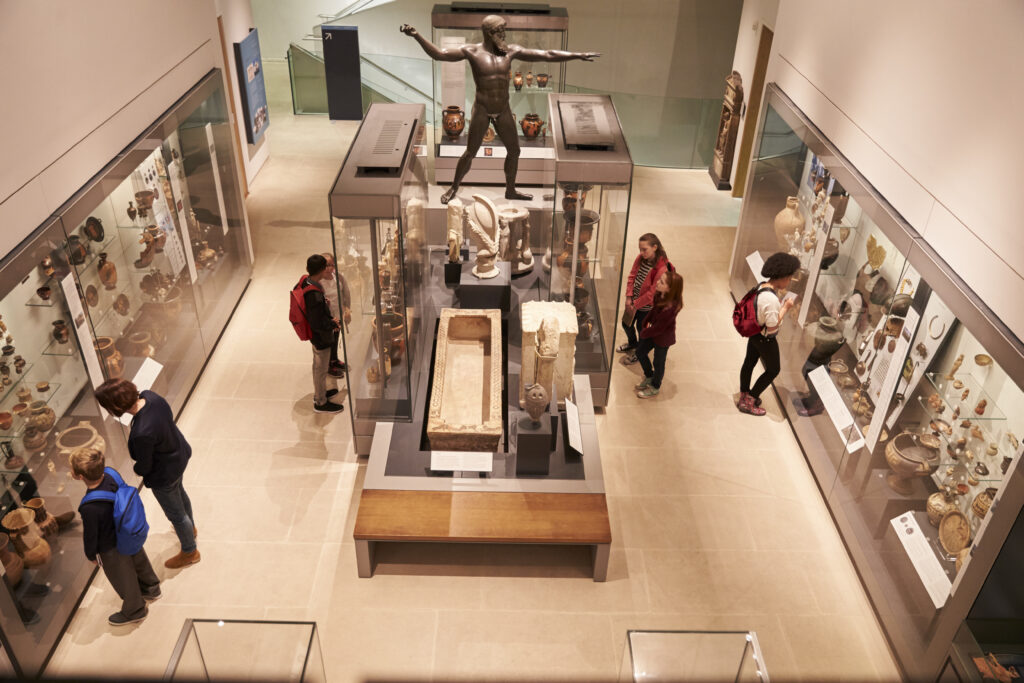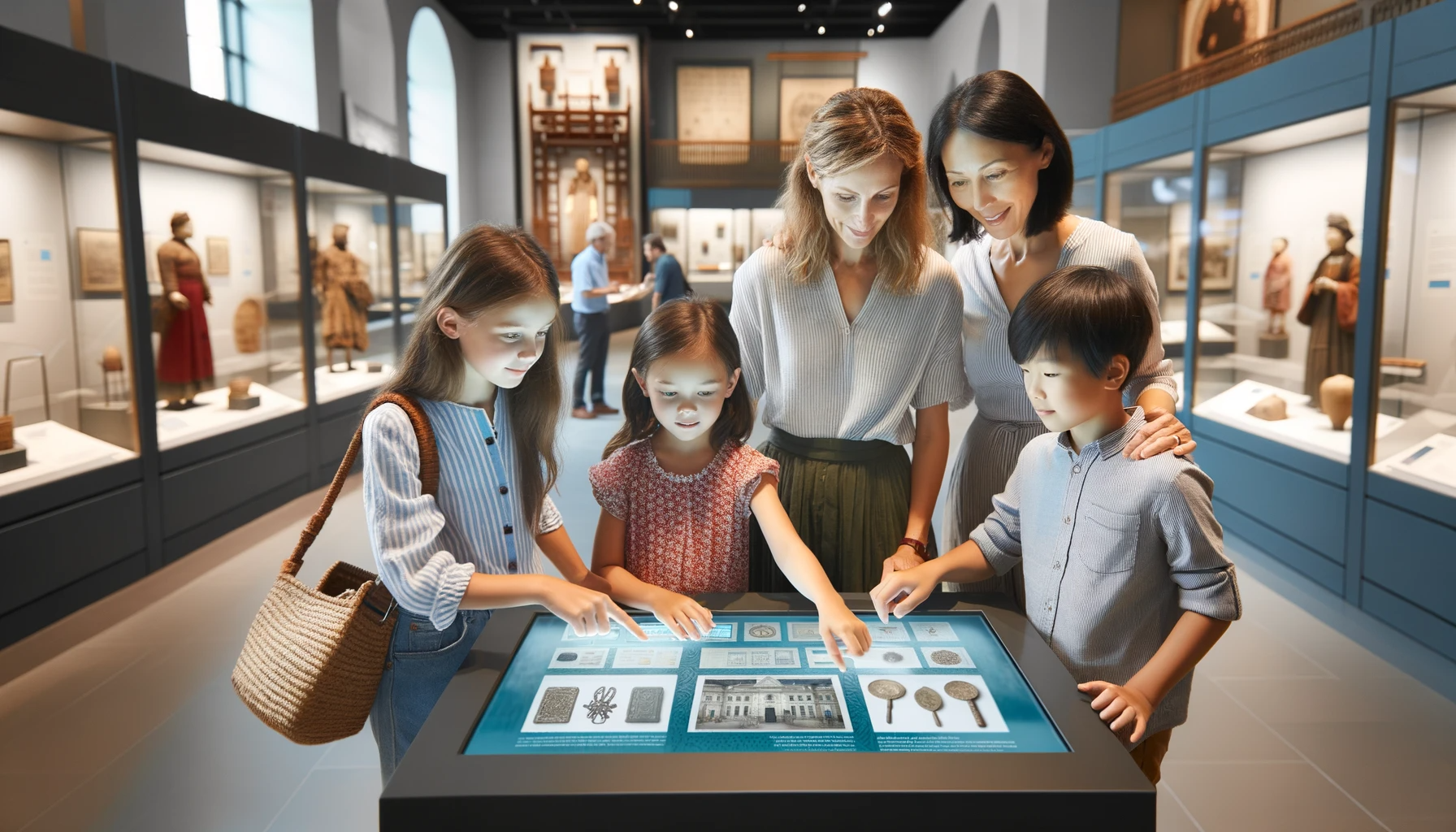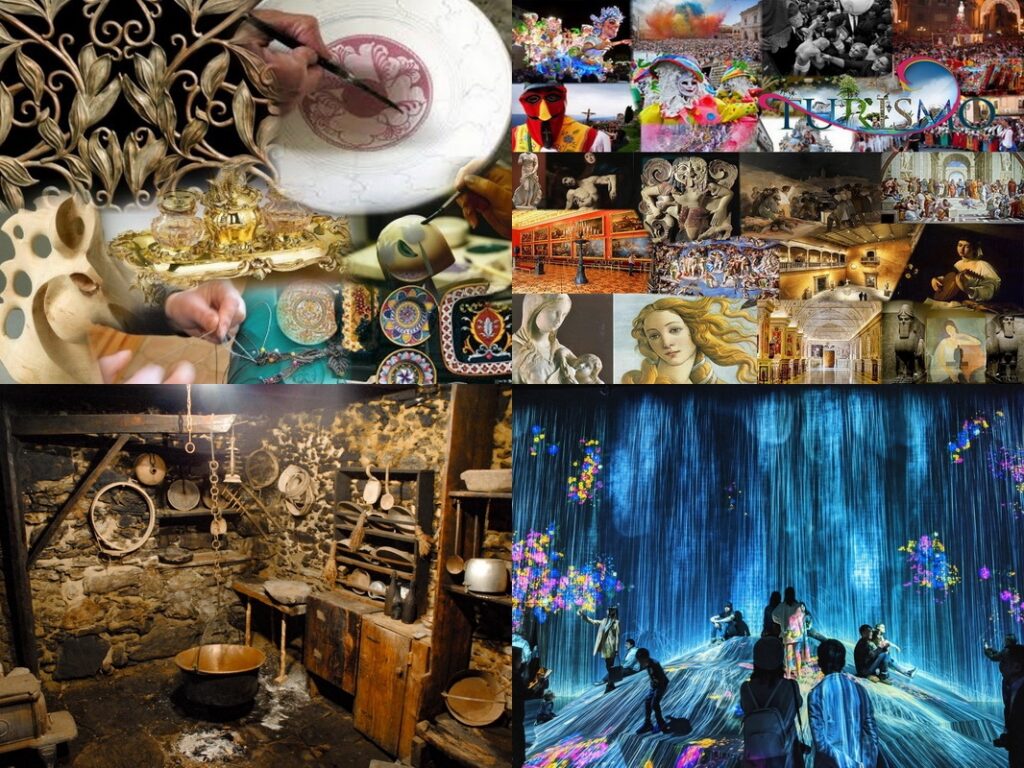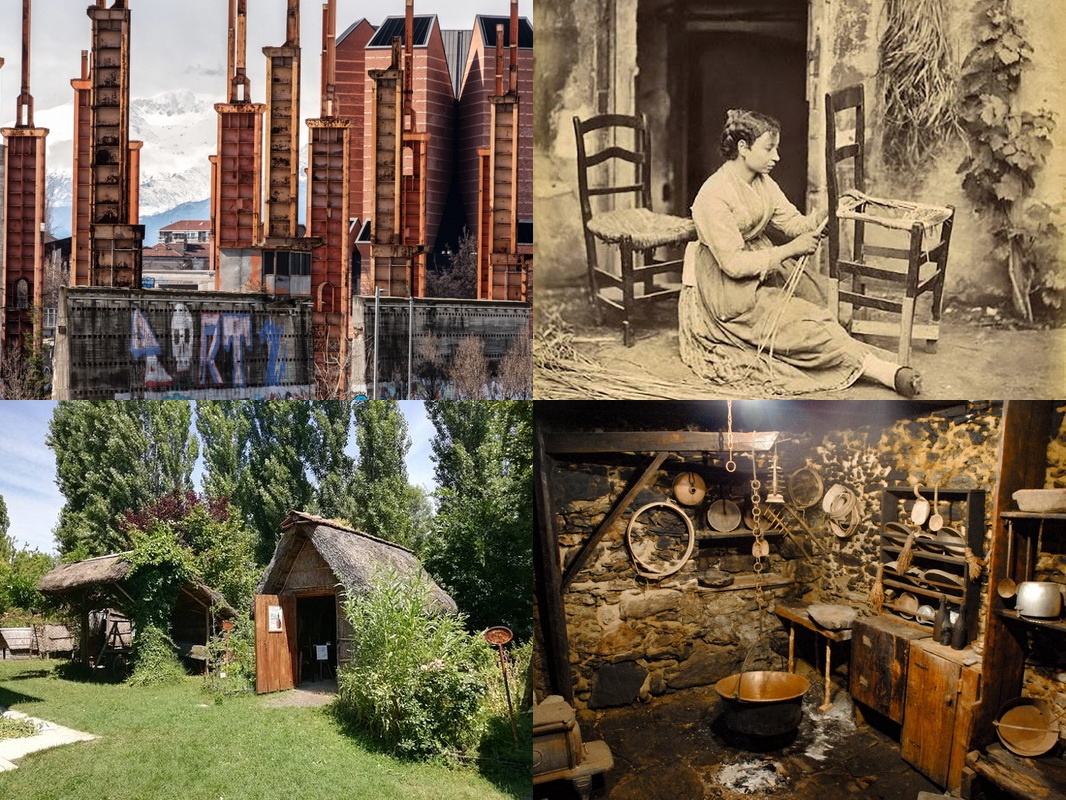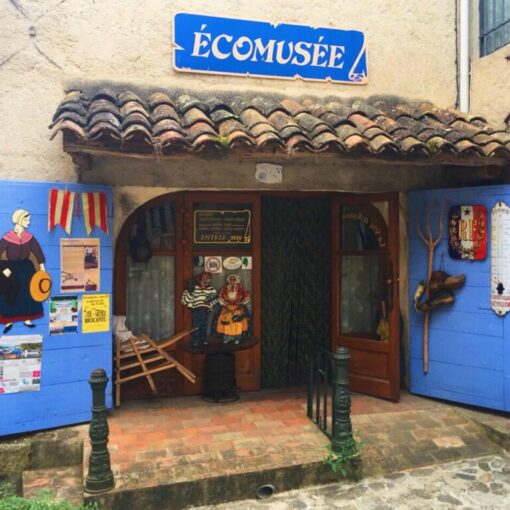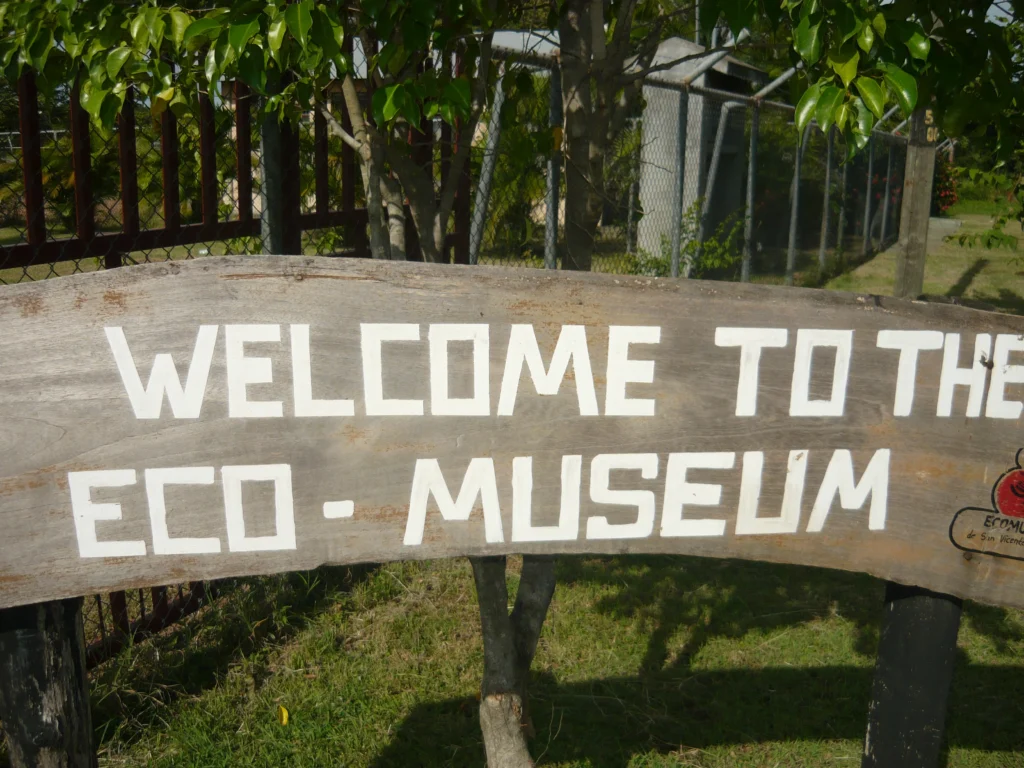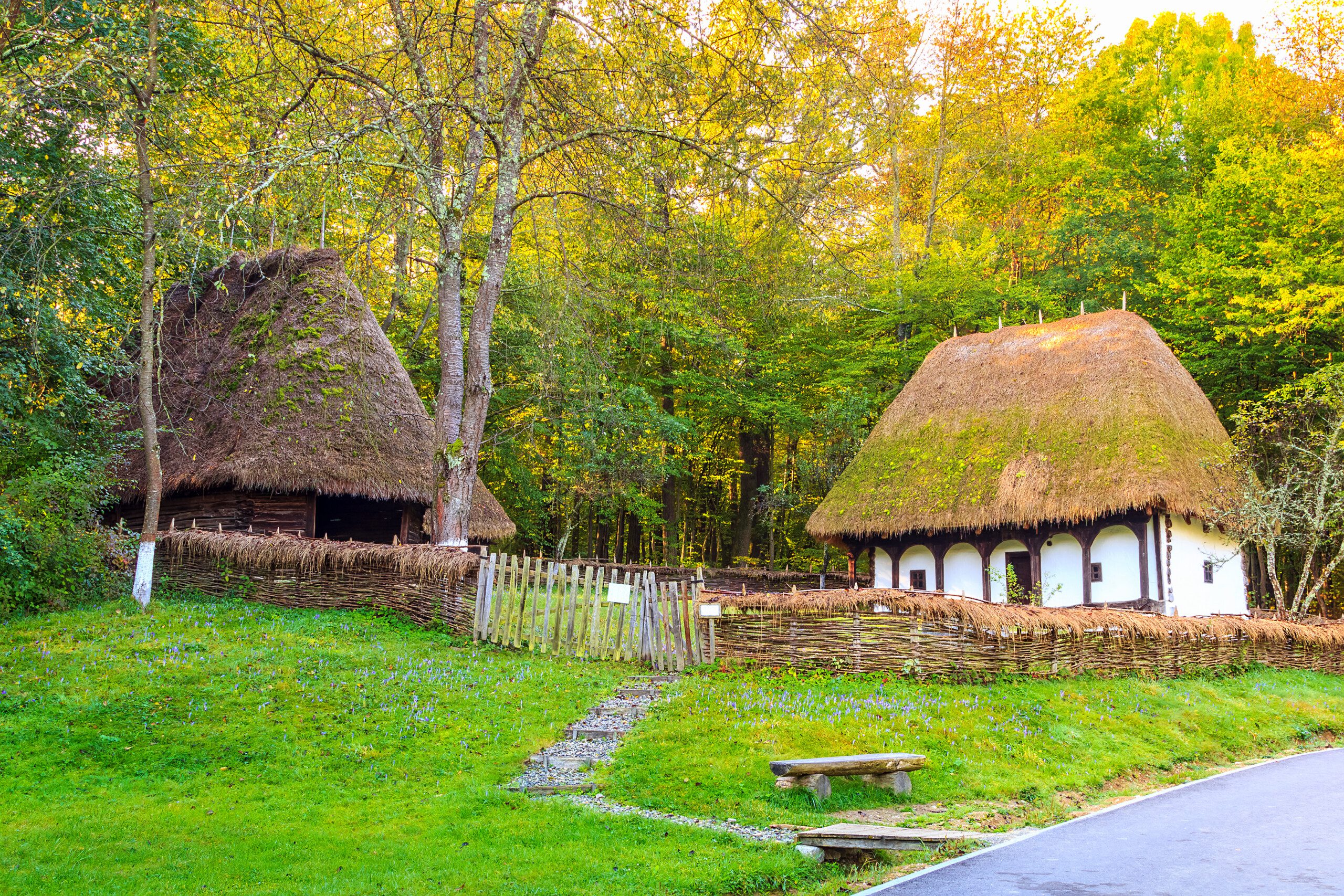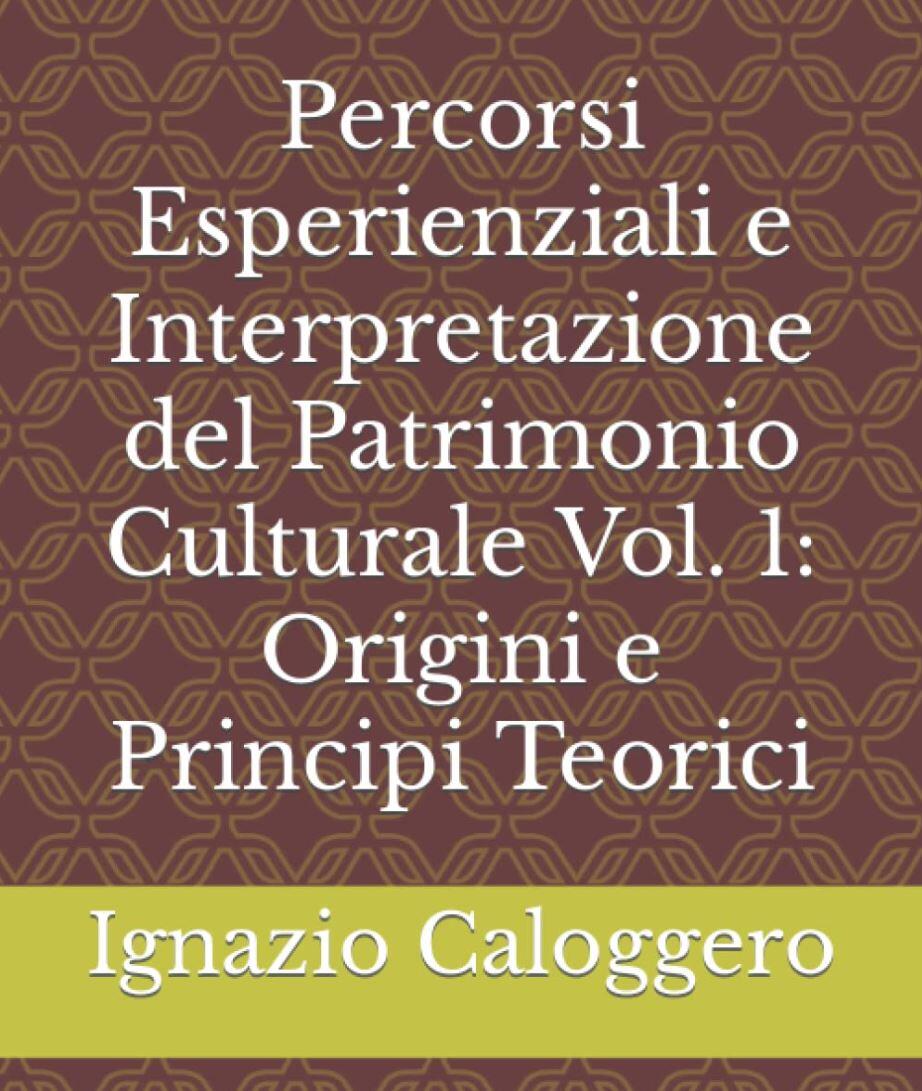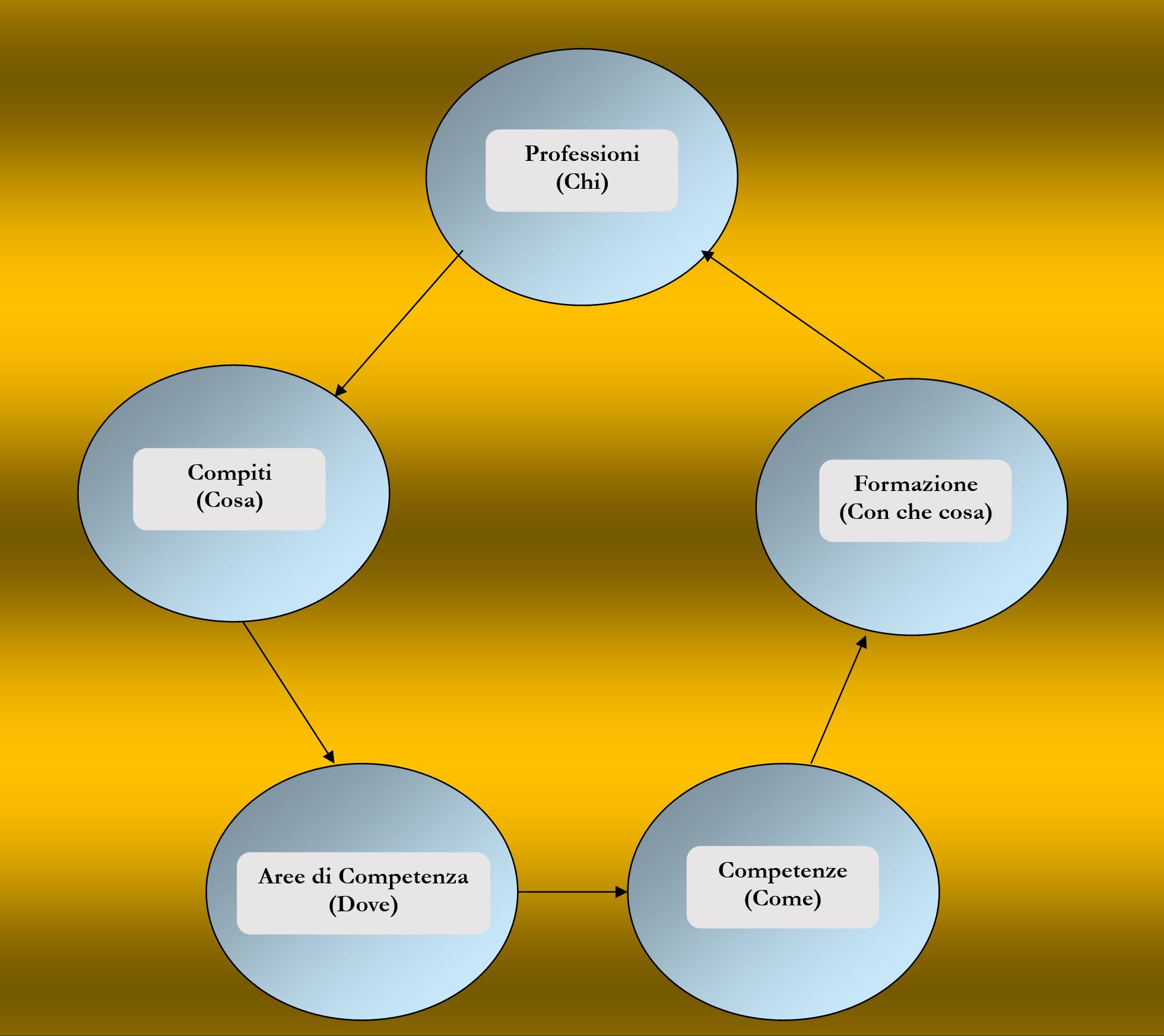The Heritage Interpretation Experience Centers (CEIP)
by Ignazio Caloggero

Old Town Heritage Interpretation Center in Warsaw
Reference Page: Special Heritage Interpretation (Heritage Interpretation)
After illustrating i Principles of Interpretation it may be useful to describe how these can be correlated with the Heritage Interpretation Experience Centers (CEIP).
We only briefly report the list of principles previously described
The Principles of Interpretation
- Multisensory Approach: The interpretation must be multisensory as much as possible (involvement of at least two or more senses: sight, hearing, touch, smell, taste)
- Cultural Approach (Local Identities): The interpretation must allow to deepen the knowledge of elements of local identity
- Uniqueness: the Interpreting experience path must have characteristics of uniqueness
- Centrality of the participants: Each interpretation must take into account the participants and take into account their centrality with respect to the context.
- Participation: the Interpretation experience path must foresee the participation, possibly direct, of the guest in the activities
- Educational Process (Experiential Learning): Interpretation must include an experiential learning phase, possibly through the direct participation of the guest in the activities.
- Thematic approach: each interpretation it will have to be built starting from a theme that characterizes it and that constitutes its guiding thread.
- aesthetic approach: the aesthetic approach is one of the elements, together with that of direct participation, at the basis of the concept of "immersion". The events that constitute "the staging of the experience" must be designed in such a way as to give importance to all the aspects that can influence the aesthetics: the atmosphere, the sense of beauty, the place chosen for the experience, the plot (screenplay) which must be consistent with the chosen theme and the identified place.
- Entertainment: Each Interpretation Experience path should also include moments of entertainment that enrich and make the experience enjoyable.
- Immersion: The principle of immersion, as well as in experiential paths, is the direct consequence of the application of the principles of multisensoriality, direct participation and aesthetic approach
- Revelation (hermeneutical communication): Interpretation is a hermeneutic communicative process (whether art or discipline), which aims to reveal the deepest meaning of things. Revelation occurs through the transformation of experience.
- Provocation (communication based on provocation): the communicative process that allows the interpreter to reveal (not teach) and the participant of the path of experience to discover (not to learn) takes place thanks to the provocation, on the part of the interpreter, of the participants' curiosity and involvement.
- Systemic approach (holistic view): The interpretation must take place with a holistic approach, it should take into account all the aspects, the relationships and links between the participants, the well (or phenomenon) interpreted and the context in which one finds the three elements at the base of the interpretation: the interpreter, the good (or phenomenon) and the participant.
- Tailored approach: The interpretation must take into account both the target of the final users: age, schooling, social context of belonging, and other variables such as expressed and implicit needs of the users themselves. For each target identified, the following must be identified: specific themes, methods and programmes.
- Creative approach: The interpretation process must precede a communicative style that must involve the whole dynamic of thought, describing places and facts in a creative and engaging way and using interpretative techniques such as storytelling and creative writing
- Interpretation based on facts: Interpretation must originally have concrete facts and places. The information on which the interpretation is based must be based on in-depth and quality data and information
- Simplicity and communicative coherence: Interpretation must include language that is not overly technical, lengthy or irrelevant to the context to be interpreted
- Emotional connection (passion): The interpreter must love the object of the interpretation, the result of the interpretation is strongly correlated to the passion and emotional connection that binds the interpreter and the phenomenon to be interpreted.
In relation to the principles of interpretation it is possible to classify three levels of interpretation and consequently three levels of experiences of interpretation of Cultural Heritage:
- Simple interpretation (first level): application of principles 1, 2, 3, 11, 12, 13, 16
- authentic interpretation (second level): application of principles 1, 2, 3, 4, 5, 6, 7, 11, 12, 13, 16
- Full interpretation (third level): application of principles 1, 2, 3, 4, 5, 6, 7, 8, 9, 10, 11, 12, 13, 14, 15, 16, 17, 18
A definition of the three levels of interpretation that takes into account the applied principles could be the following:
- Simple interpretation (first level)
Interpretation of cultural heritage which aims, through a holistic approach, to reveal the deepest meaning of things through a unique, multi-sensory communication process based on provocation and the validity of facts.
- Authentic interpretation (second level)
Interpretation of cultural heritage which aims, through a holistic approach, to reveal the deepest meaning of things through a multi-sensory, unique, thematic communicative process, based on: provocation, substantiation of facts, human relationships and direct participation of guests' participants in the activities which constitute the interpretive experience
- Full interpretation (third level)
Interpretation of cultural heritage that aims, through a creative, holistic, aesthetic, immersive and tailor-made approach, to reveal the deepest meaning of things through a multi-sensory, unique, thematic, coherent communication process, based on: provocation, factual validity, human relationships and direct participation of guests' participants in the activities, including entertainment, which constitute the interpretative experience.
Interpreting Experience Path
Cultural, educational, hermeneutical and systemic experiential path that aims to reveal the deepest meaning of things
The Heritage Interpretation Experience Centers (CEIP)
The term “Interpretation Center (CIP)” has long been used in the field of cultural heritage interpretation. The term I prefer to use is “Interpretation Experience Center (CEIP)” as it underlines the importance that the center has in offering what are referred to here as “Interpreting Experience Pathways”.
Another reason that drives me to use the term "CEIP" is that often the "CIPs" (as well as some ecomuseums), which define themselves as such, do not always respect, or only minimally respect, the principles that underlie of the interpretation. In some cases the same definition of CIP refers to simple museum institutions.
In relation to the principles of interpretation we could classify three types of CEIP corresponding to the three levels of interpretation previously illustrated:
- CEIP-I (Centre of First Level Heritage Interpretation Experiences): Center that respects the principles of interpretation for simple interpretation (1, 2, 3, 11, 12, 13, 16)
- CEIP-II (Second level Heritage Interpretation Experience Center): Center that respects the principles of interpretation for authentic interpretation (1, 2, 3, 4, 5, 6, 7, 11, 12, 13, 16)
- CEIP-III (Third level Heritage Interpretation Experience Center): Center that respects the principles of interpretation for full interpretation (1, 2, 3, 4, 5, 6, 7, 8, 9, 10, 11, 12, 13, 14, 15, 16, 17, 18)
To be considered a CEIP it is therefore sufficient to respect the principles established for the first level of interpretation (simple interpretation)
Who can be CEIP
Museums, Ecomuseums, Parks and Nature Reserves, Laboratories and Educational Centres, Visitors Centers, Educational Farms, structures for organizing artistic or cultural experiential events, other territorial structures in possession of the minimum requirements for first level CEIPs.
Article extracted from the course: Basic Course of Ecomuseology
Featured



